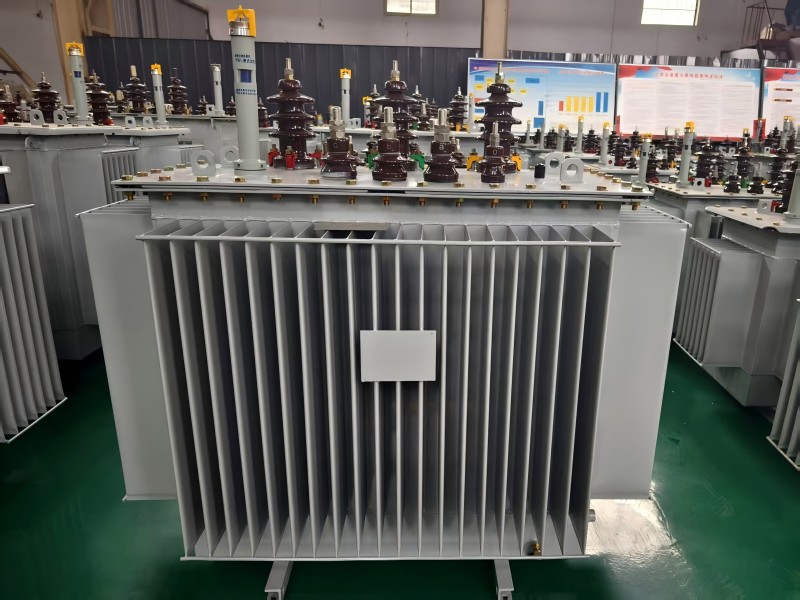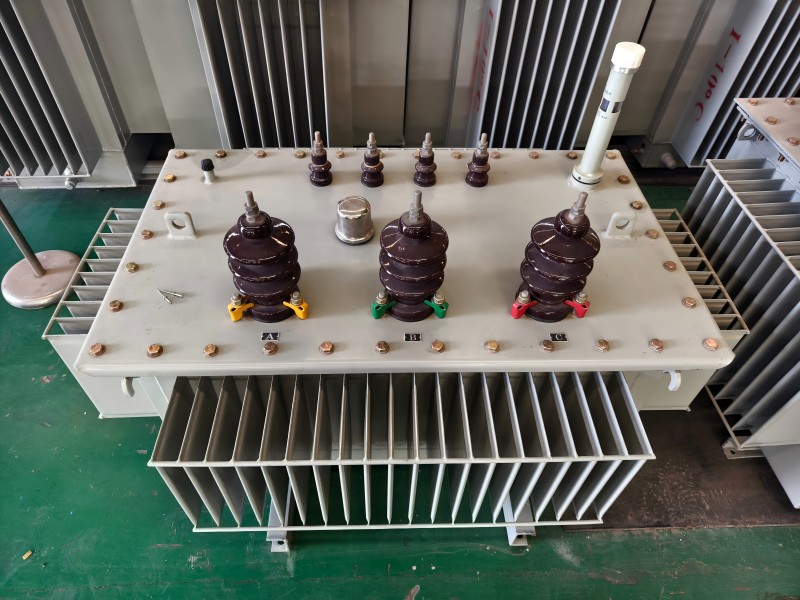Choose the right transformer capacity for 100 residential units ensures efficient energy distribution, prevents overloads, and minimizes costs. This guide breaks down the calculation process with real-world examples, critical factors, and professional tips for engineers and planners.

Why Transformer Sizing Matters
Transformers act as the backbone of power distribution systems. Incorrect sizing can lead to:
- Frequent power outages
- Equipment damage from overloads
- Higher maintenance costs
- Energy inefficiency
Proper calculation ensures reliability, safety, and scalability for future needs.
Key Factors in the Calculation
- Average Household Load: Typically 5–8 kW per home (varies by region and appliances). Typically 1–3 kW in Africa.
- Diversity Factor: Accounts for simultaneous usage (40–70% of total load).
- Safety Margin: Adds 15–25% buffer for unexpected demand spikes.
- Power Factor: Converts kW to kVA (usually 0.8–0.9 for residential areas).
Step-by-Step Calculation
Step 1: Estimate Average Load per House
Assume a conservative 6 kW per household (common in urban areas with standard appliances).
Total Connected Load
= 100 houses × 6 kW
= 600 kW
Step 2: Apply Diversity Factor
Residential areas rarely use full load simultaneously. A diversity factor of 0.5 (50%) is typical:
Actual Demand Load
= 600 kW × 0.5
= 300 kW
Step 3: Add Safety Margin
Include a 20% buffer for load fluctuations and future expansion:
Adjusted Load
= 300 kW × 1.2
= 360 kW
Step 4: Convert to kVA
Transformers are rated in kVA. Factor in a power factor of 0.8:
Required Transformer Capacity
= 360 kW ÷ 0.8
= 450 kVA
Step 5: Select Standard Transformer Size
Choose the next available commercial size:
- 500 kVA transformer (allows 11% growth margin).
Critical Considerations
- EV Chargers: Each electric vehicle adds 7–11 kW. Plan for 10–20% extra capacity if EVs are common.
- Solar Panels: Reduce net load by 30–60% if solar integration is planned.
- Climate Impact: Heating/cooling systems in extreme climates increase load by 15–25%.
- Local Regulations: Utility companies may mandate specific safety margins or load factors.
Conclusion
The calculation process is actually very simple. You only need to substitute the number of houses and the average load per household into the calculation formula according to your actual situation to get the required transformer capacity. Then select the input and output voltage according to the local voltage level. For example, the transformer capacity calculated above is located in an area with a voltage level of 33kv/0.415kv. Therefore, the transformer finally selected is a three-phase oil-immersed transformer 500kva-33kv/0.415kv.





